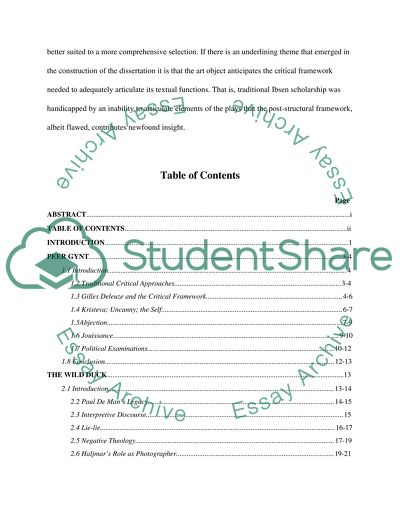Cite this document
(“How can a post-structuralist Reading of Henrik Ibsens Peer Gynt, Wild Essay”, n.d.)
How can a post-structuralist Reading of Henrik Ibsens Peer Gynt, Wild Essay. Retrieved from https://studentshare.org/miscellaneous/1565947-how-can-a-post-structuralist-reading-of-henrik-ibsens-peer-gynt-wild-duck-and-when-we-dead-awaken-accentuate-the-political-dimensions-of-his-work
How can a post-structuralist Reading of Henrik Ibsens Peer Gynt, Wild Essay. Retrieved from https://studentshare.org/miscellaneous/1565947-how-can-a-post-structuralist-reading-of-henrik-ibsens-peer-gynt-wild-duck-and-when-we-dead-awaken-accentuate-the-political-dimensions-of-his-work
(How Can a Post-Structuralist Reading of Henrik Ibsens Peer Gynt, Wild Essay)
How Can a Post-Structuralist Reading of Henrik Ibsens Peer Gynt, Wild Essay. https://studentshare.org/miscellaneous/1565947-how-can-a-post-structuralist-reading-of-henrik-ibsens-peer-gynt-wild-duck-and-when-we-dead-awaken-accentuate-the-political-dimensions-of-his-work.
How Can a Post-Structuralist Reading of Henrik Ibsens Peer Gynt, Wild Essay. https://studentshare.org/miscellaneous/1565947-how-can-a-post-structuralist-reading-of-henrik-ibsens-peer-gynt-wild-duck-and-when-we-dead-awaken-accentuate-the-political-dimensions-of-his-work.
“How Can a Post-Structuralist Reading of Henrik Ibsens Peer Gynt, Wild Essay”, n.d. https://studentshare.org/miscellaneous/1565947-how-can-a-post-structuralist-reading-of-henrik-ibsens-peer-gynt-wild-duck-and-when-we-dead-awaken-accentuate-the-political-dimensions-of-his-work.


